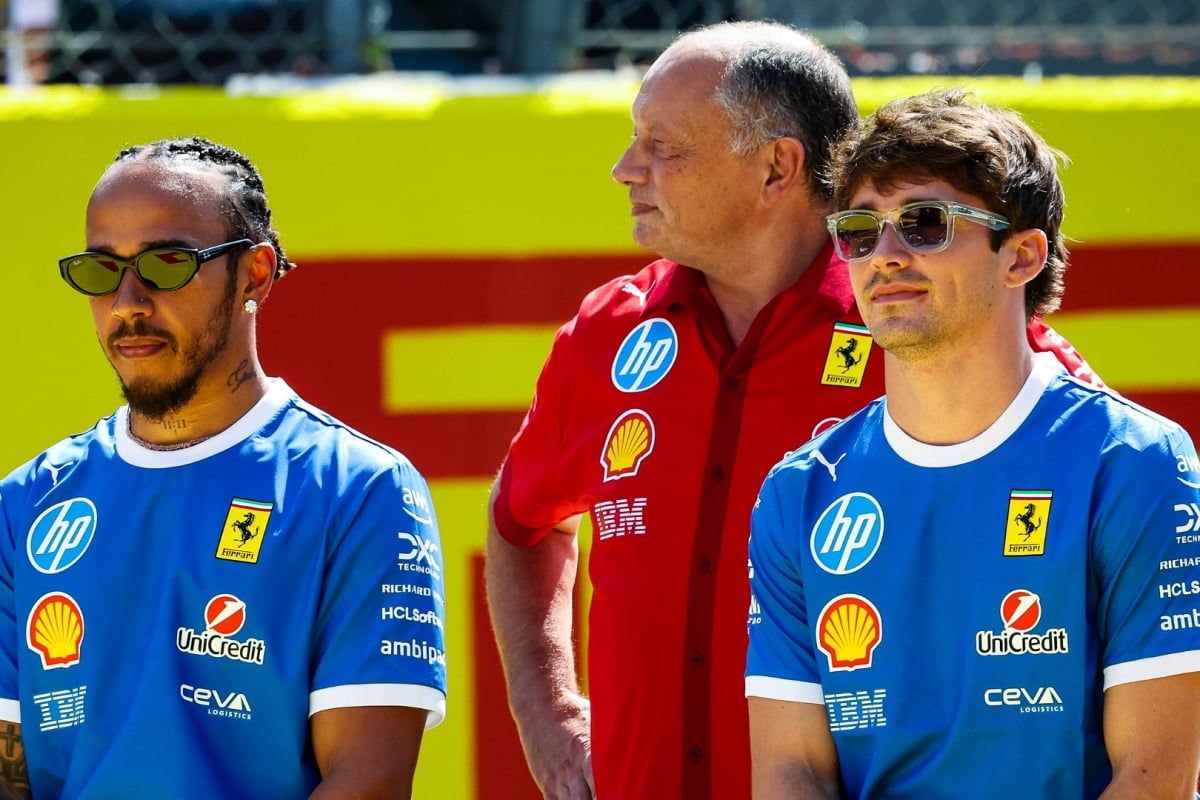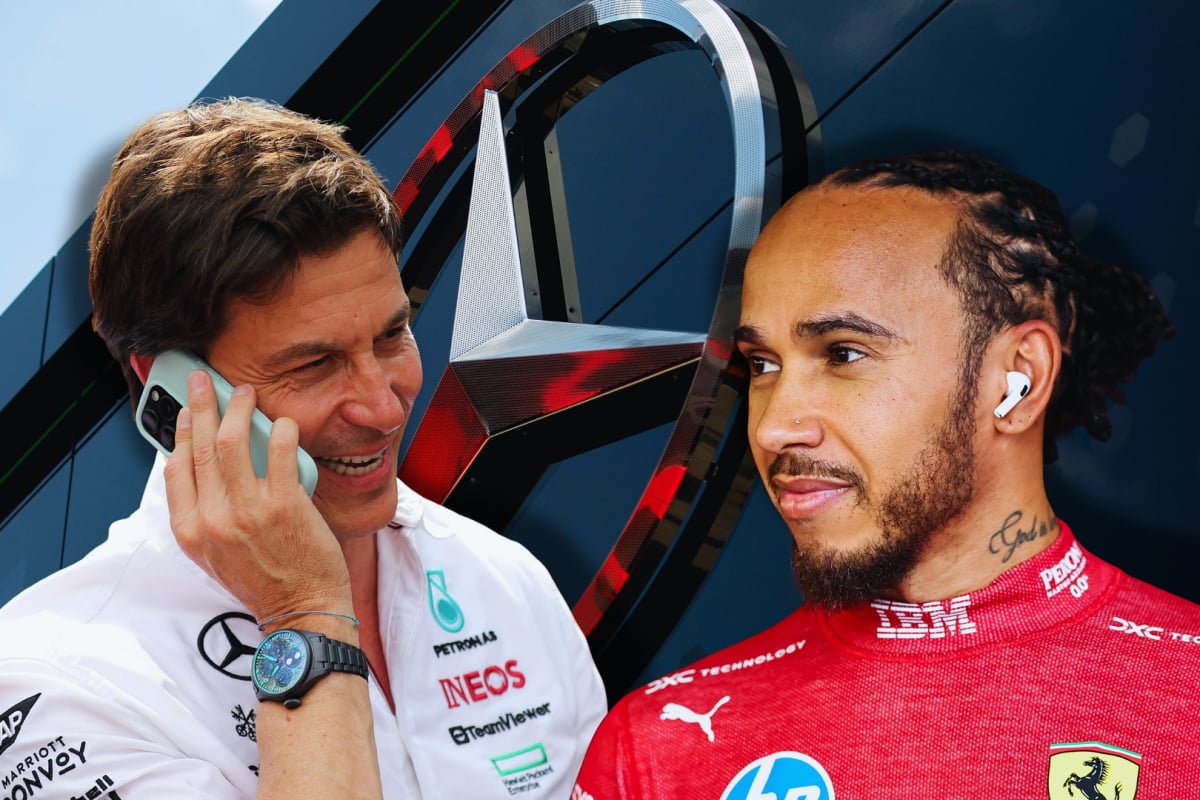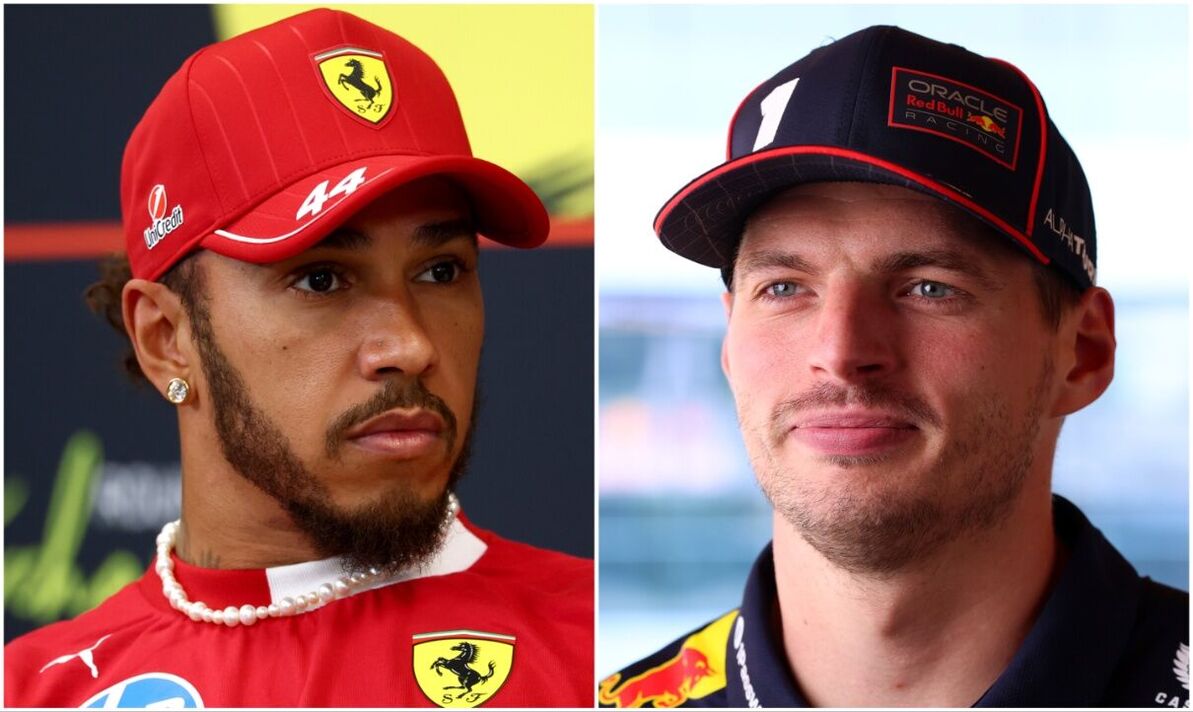Ferrari made Lewis Hamilton a ‘paradoxical’ request before the A… read more
The Austrian Grand Prix, usually a spectacle of high-speed thrills at the Red Bull Ring, saw an unusual subplot unfold involving seven-time world champion Lewis Hamilton and the Ferrari team. Before the race, Ferrari made a seemingly paradoxical request to Hamilton, a move that ultimately compromised his performance and highlights the complex, often unpredictable, dynamics of Formula 1’s behind-the-scenes machinations. While the precise details of the request remain shrouded in some secrecy, reports suggest it involved a strategic maneuver concerning tire strategy and potentially race position. The request, deemed “paradoxical” by several sources, placed Hamilton in a difficult situation, forcing him to choose between potentially benefiting Ferrari and optimizing his own race performance.
The unusual nature of the Ferrari request stemmed from the unique circumstances of the Austrian Grand Prix weekend. Hamilton, driving for Mercedes, found himself locked in a midfield battle, far removed from the dominant Red Bull and Aston Martin cars. Ferrari, meanwhile, were engaged in their own fierce intra-team competition, with Charles Leclerc and Carlos Sainz vying for points and championship positioning. This competitive environment within Ferrari, coupled with a perceived opportunity to gain an advantage through influencing the race outcome indirectly, is believed to have prompted the team’s unprecedented approach to Hamilton. The request, according to insider sources, wasn’t a direct order or instruction, but rather a strong suggestion bordering on a thinly veiled request for collaboration, a level of inter-team cooperation seldom seen in the fiercely competitive world of F1.
The “paradoxical” element of Ferrari’s approach lies in the inherent conflict of interest. While ostensibly beneficial to Ferrari in the short term, complying with the request could have significantly hampered Hamilton’s own race, potentially costing him valuable championship points and impacting Mercedes’ own constructors’ championship aspirations. The request involved subtle shifts in racing line, potential delaying tactics during pit stops, and potentially influencing Hamilton’s race strategy to create an opening for a Ferrari driver. Accepting the request would have been an act of sporting betrayal to his own team, while rejecting it risked incurring the displeasure of a major competitor.
The ramifications of Ferrari’s request extended beyond the immediate outcome of the Austrian Grand Prix. It sparked intense debate within the paddock and among F1 fans, raising questions about the boundaries of sportsmanship and the ethics of inter-team collaborations. Some argued that Ferrari’s actions were a clever tactical ploy, leveraging the unpredictable nature of the race to subtly influence the outcome in their favor. Others criticized Ferrari for attempting to manipulate the race through indirect means, undermining the spirit of fair competition. The incident highlighted the increasingly complex strategic gamesmanship that characterizes modern Formula 1, where the pursuit of victory often extends beyond the track itself.
Hamilton’s response to the request remains undisclosed, further fueling speculation and controversy. Did he comply with Ferrari’s subtle requests, potentially sacrificing his own race? Or did he refuse, prioritizing his own team’s interests? The lack of transparency surrounding the incident only serves to amplify the intrigue and debate. Regardless of Hamilton’s ultimate decision, the episode serves as a stark reminder that in the high-stakes world of Formula 1, even seemingly innocuous interactions can have far-reaching consequences, shaping the outcome of races and influencing the overall championship battle. The incident underscores the complexity of the sport, where strategic alliances and rivalries are often intertwined, leading to unexpected and ethically ambiguous situations, pushing the boundaries of what is considered acceptable conduct on and off the track. The Ferrari-Hamilton incident will likely be analyzed and debated for years to come, a testament to its unusual and unpredictable nature within the usually predictable world of F1 strategy.




